June 14, 2025 | 16:08 GMT +7
June 14, 2025 | 16:08 GMT +7
Hotline: 0913.378.918
June 14, 2025 | 16:08 GMT +7
Hotline: 0913.378.918
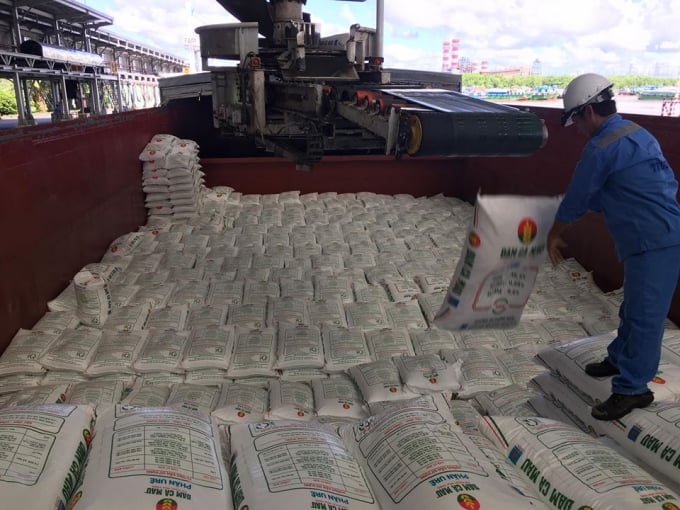
Ca Mau Fertilizer Plant has restricted exports to focus on serving domestic urea demand. Photo: Do Hung.
Vietnam has reduced, stopped exporting to focus on serving domestic demand. There are even some suggestions that the export of urea fertilizers should be taxed to contribute to price stabilization…
However, according to research data, this scarcity assessment is only temporary due to the negative impact of the Covid-19 epidemic, making production activities in many countries difficult. In fact, from 2021-2025, the overcapacity in urea plants is quite high and in need to increase exports and expand markets in order to reduce production and consumption pressure.
Annually, the actual production rate is only 79-81% of the designed capacity and the absolute surplus ranges from 42-49 million tons/year. As a result, the overcapacity rate of world urea plants ranges from 19-21% in the 2021-2025 period.
Similarly, the Southeast Asia region is also forecasted that the overcapacity of urea plants is quite high, with a rate of 21-24%.
According to calculations, the actual production capacity ratio of urea plants in this region will reach from 76 - 79% in the 2021-2025 period, this figure is relatively low compared to the world average (79 - 81%). This means that competitive pressure in this region is quite high and countries must increase exports, expand and exploit many other potential markets in the medium and long term.
Especially when the Brunei Fertilizer Industries (BFI for short) has a capacity of 1.3 million tons of urea/year. After going into operation, their target market is Southeast Asia such as Vietnam, Cambodia and Thailand with the advantage that after only shipping for 1.5 days, the goods will arrive at Ho Chi Minh ports. This promises to create a big race with countries like Indonesia, Malaysia and Vietnam.
In general, in the 2021-2025 period, China's urea production capacity surplus rate remains at 20-23% and is higher than the world average (19 - 21%) in the same period. This shows that the pressure of Chinese factories in the medium and long term is quite high, forcing them to do it through the export mechanism.
Moreover, China's urea production scale is very large and can meet the domestic market, so they only need a small change in capacity through state support policies or import-export tax regulations to immediately affect the world urea market, especially for Vietnam.

Currently, the total designed urea capacity of domestic factories is over 2.3 million tons, excessing the consumption demand. Photo: Do Hung.
In Vietnam, over the past time, the price of domestically produced urea has also increased in line with world price fluctuations. However, in fact, the domestic supply is still abundant, there is no shortage of goods, except for a few places where there is a phenomenon of speculation, hoarding goods, increase prices locally.
Thus, based on the forecast of the world urea supply and demand, it can be seen in Southeast Asia that, in the coming time, the supply of urea will be in excess, factories will boost exports while lowering the domestic crop to reduce production pressure, increase consumption and competitiveness in traditional markets.
Vietnam is no exception. Without rational and radical export policies, high export taxes will inadvertently push domestic fertilizer producers into more difficulties and lose their competitiveness. Not to mention, the unreasonable added-value tax policy in Tax Law 71 has not yet been adjusted appropriately, making it difficult for domestic enterprises to become even more difficult.
In the recent response to the Vietnam Agriculture Newspaper, the leaders of the Plant Protection Department (Ministry of Agriculture and Rural Development), the Department of Chemicals (Ministry of Industry and Trade) and the Vietnam Fertilizer Association and several businesses all affirmed that Vietnam is not lacking in fertilizer supply, because both fertilizer production and import data in 2021 increase compared to the same period in 2020. Therefore, the lack of some fertilizer products such as urea or DAP is only partial and feigned in some localities and at some point, while the overall supply was sufficient to meet production needs.
Translated by Samuel Pham

(VAN) Noting risks, report examines impacts of avian influenza, changing trade patterns since 2022, fish fraud, and shipping industry’s net-zero goals.

(VAN) Mr. Tran Quang Bao, General Director of the Forestry and Forest Protection Department, met and worked with the International Wood Products Association to promote cooperation in the field of timber trade.

(VAN) China's outbound shipments of rare earths in May jumped 23% on the month to their highest in a year, though Beijing's export curbs on some of the critical minerals halted some overseas sales.
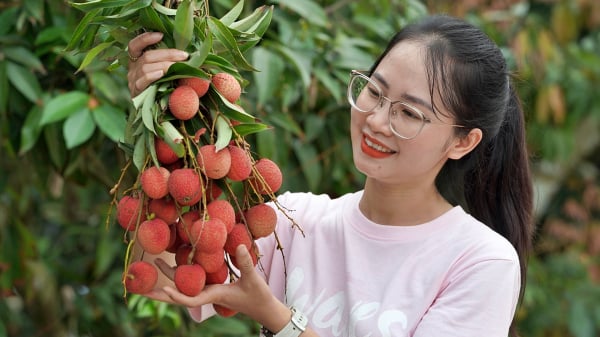
(VAN) To sustain capital flow, administrative reform alone is not enough; what farmers truly need is an ecosystem where both government and businesses grow together in support.
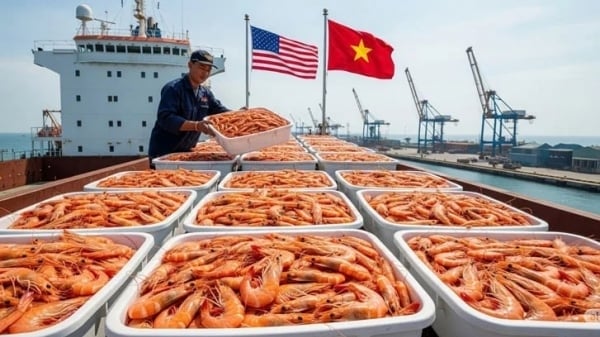
(VAN) Vietnam and the United States are proactively working together, each in their own way, to ensure that every container of agricultural goods carries not just products, but also long-term trust and value.
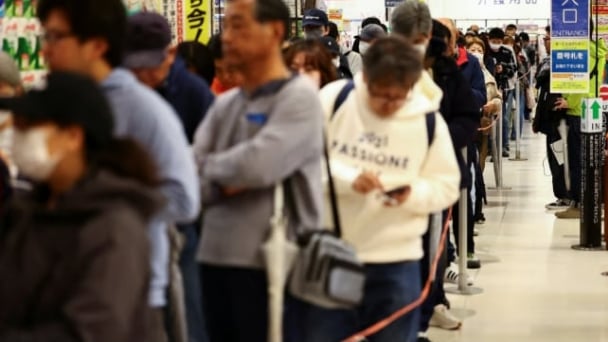
(VAN) Stores have started selling rice from the government’s stockpile to feed demand for the staple.
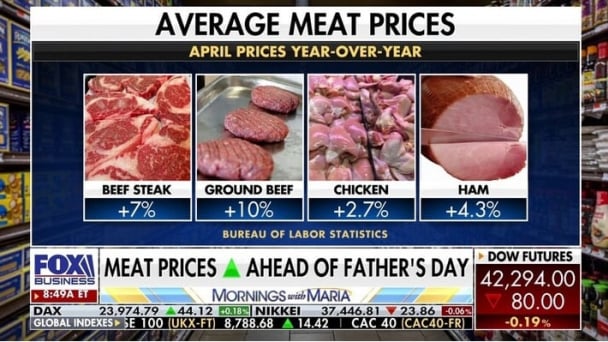
(VAN) Omaha Steaks CEO says rebuilding cattle herds will take about a year to ease price pressures.